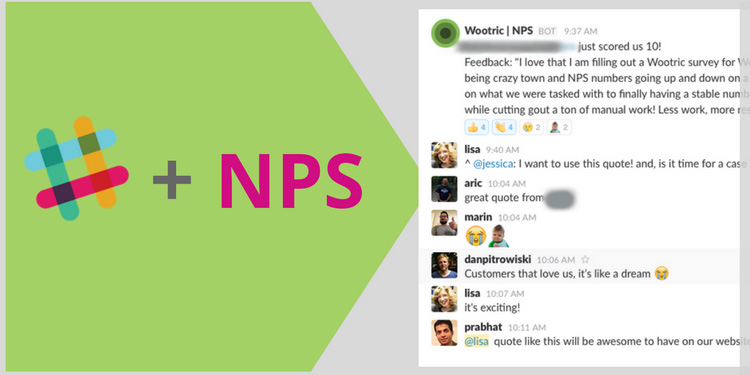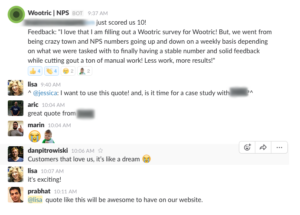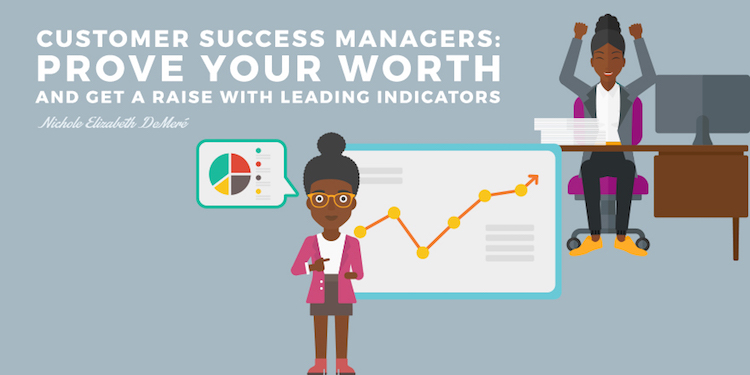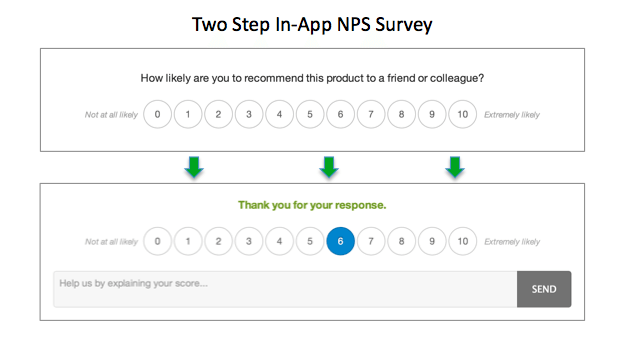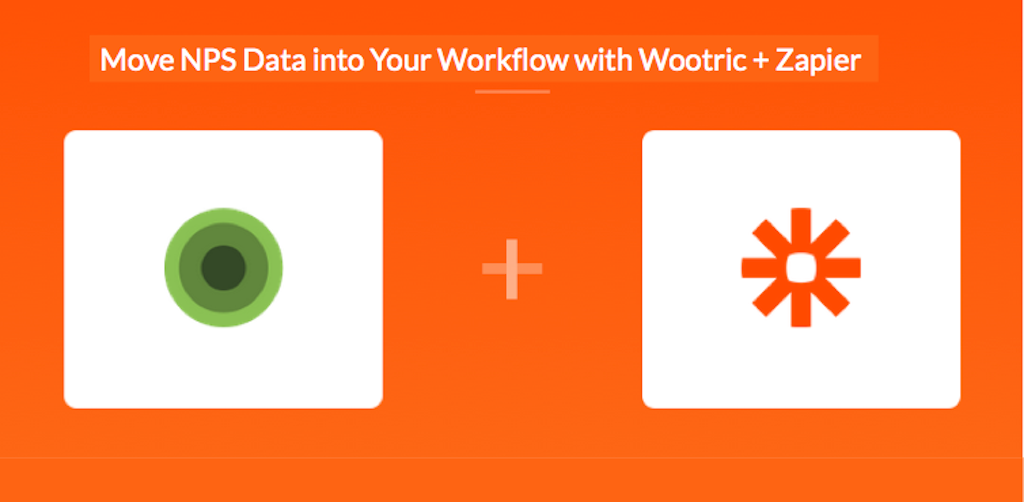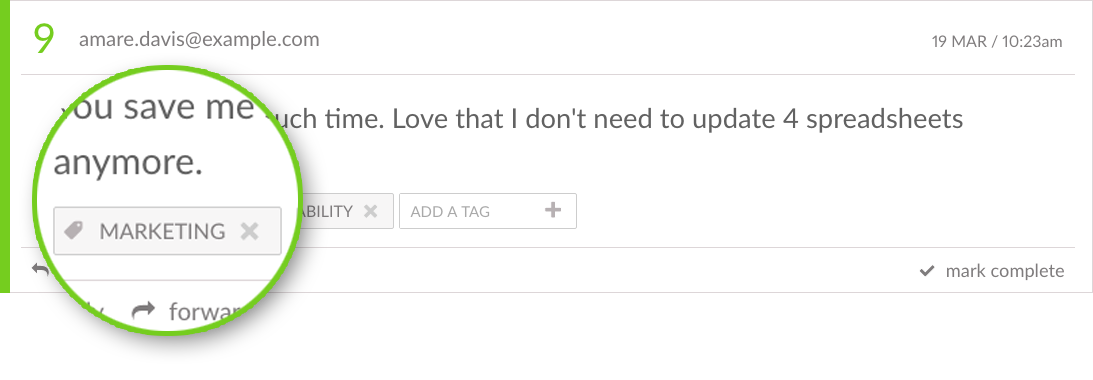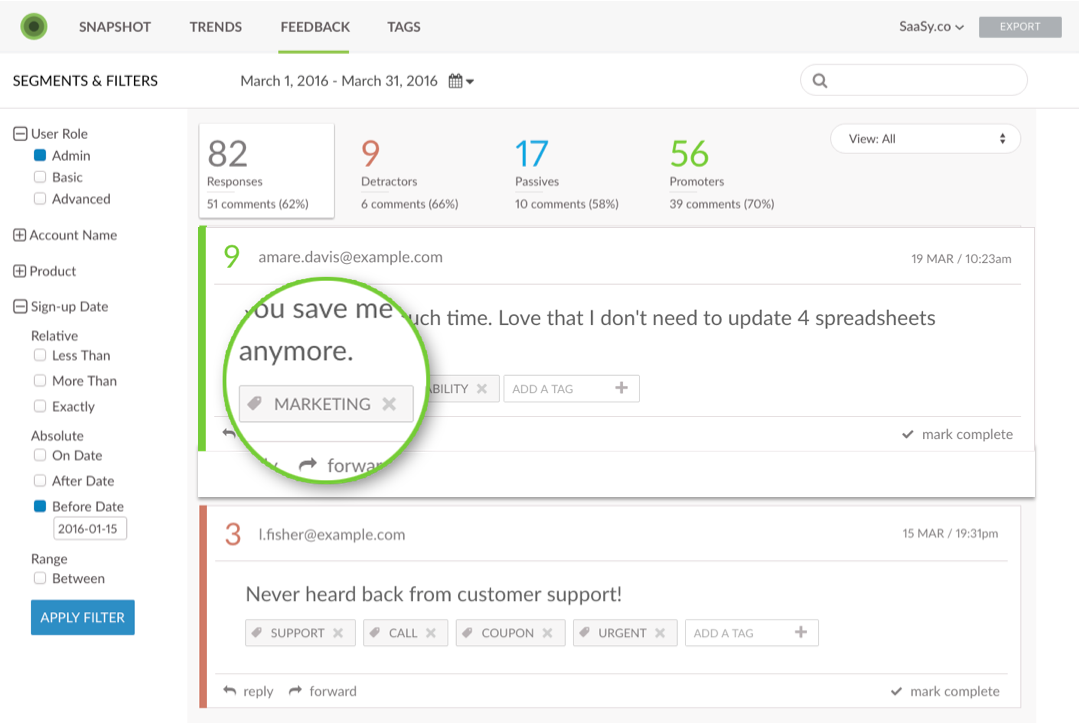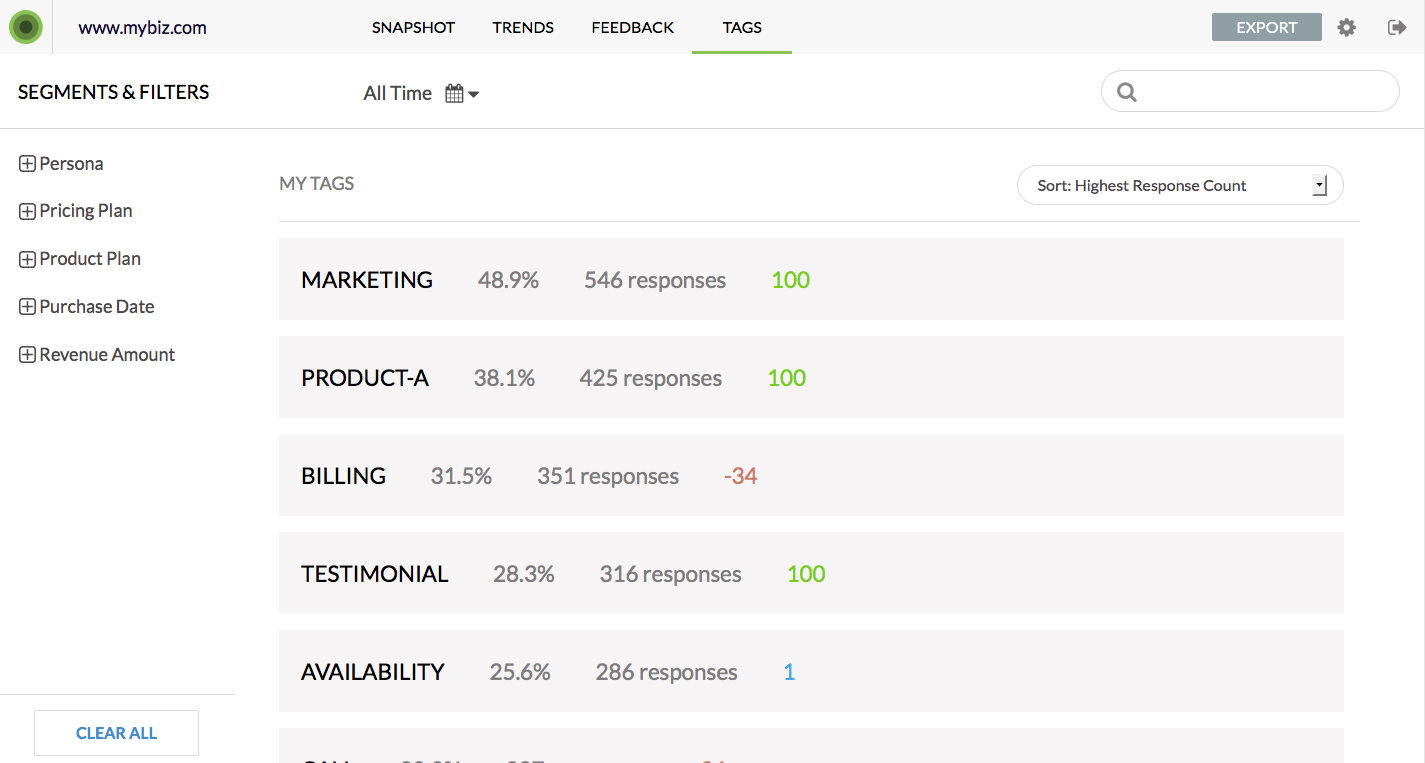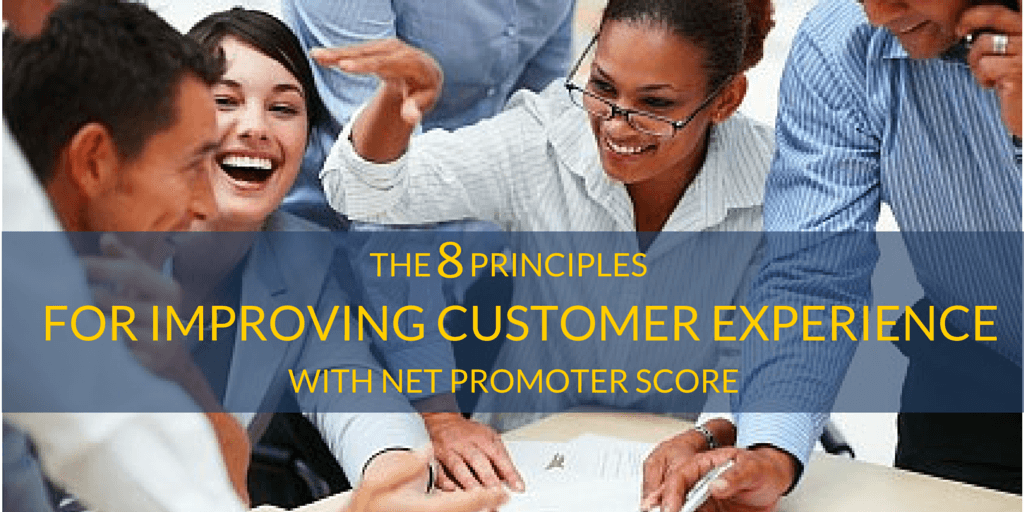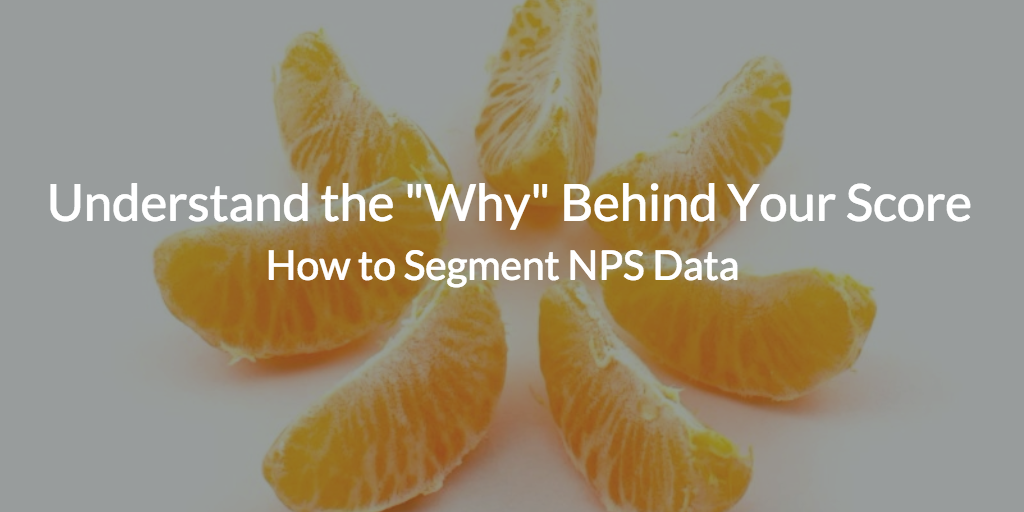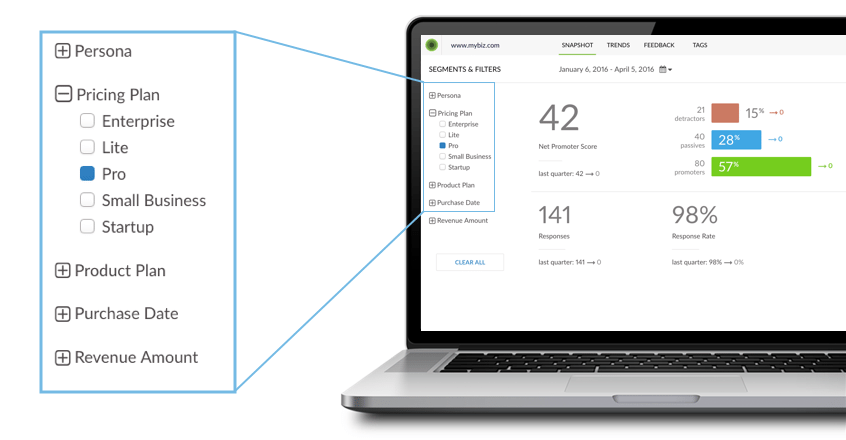We all have that friend in our network crushing it at that hot startup. The comp plan is amazing, 8 of 10 reps are already at quota, the incentive triggers are kicking in. The product rocks, marketing delivers leads from everywhere and the VP of Sales can be overheard bragging about his reps commission checks. If you have that story in your network there is one thing for sure; that company’s net promoter score (NPS) is way above average, and the trend line probably looks similar to Amazon’s stock price.
 How do I know this? When product, marketing, sales and customer success are aligned it is the foundation for a company to sustain high growth. This model for success often results in a high NPS.
How do I know this? When product, marketing, sales and customer success are aligned it is the foundation for a company to sustain high growth. This model for success often results in a high NPS.
So why should you care about your company’s NPS? Most reps probably don’t know much about this metric. It’s probably as foreign as the rate you pay the 401k service provider to invest your money, but in the same way it can control your fate more than you know.

What is NPS?
Net Promoter Score is the customer loyalty metric used by over 70% of Fortune 500 companies for its ability to predict retention and growth. It starts by asking customers a single question…

……followed by an opportunity for open-ended feedback:

Customers are classified into three groups based on their answers:
- Promoters (9-10)are loyal customers and a great source of referrals
- Passive (7-8) customers are satisfied with the service but are susceptible to competitors.
- Detractors (0-6) are unhappy customers and may churn.
The score is calculated this way:
NPS = % Promoters – % Detractors
4 Ways NPS impacts Sales
1. Retention/Renewal
If you are in a farmer/hunter role you rely on some level of renewal to hit quota. With NPS, both the score and qualitative (customer comments) can provide you the ultimate looking glass self. Ask Geoffrey James from Inc. Magazine about self-awareness being a top 5 trait in a great sales rep. In other words, how you perceive your capabilities, and how you get along with your peers. Ultimately, you need to be aware of how your clients perceive your brand and products. NPS data allows you to peek into the customer’s mind about their experience & journey with your company. You can integrate these perceptions & insights into your own narrative within the sales pitch.
2. Comp Plan
Your CRO is a lot more concerned when customer churn is high. Which in turns means his VP and your sales manager are breathing down your neck and asking for the forecast every 5 minutes. I’ve been in sales orgs where previous success inflates the upcoming comp plan and sets unrealistic expectations. There could be a feature or product that is over-promising & under-delivering which creates a lagging effect as sales and customer success deal with the fall out, yet bookings are still strong on paper and have not yet caught up.
A misaligned comp plan that doesn’t represent current customer sentiment and propensity to buy is kind of like a watching a bad movie sequel. At the time it seems like a good idea, the first movie was amazing- but as you see the upcoming trailer you know something is different. You call up your friends and see the movie anyway to try and recapture the original experience. Afterwards you feel short-changed and wonder why you didn’t speak up & suggest a different movie or activity all together.
Once a comp plan is in motion, it’s hard to stop. If customers are not buying or renewing because the price is too high or the feature that was promised is not delivering, this is your chance to speak up. Speaking with the voice of the customer by leveraging NPS data and citing real customer concerns will give you credibility. You only have a few times a year during the all hands or sales kick-off when the comp plan is rolled out to speak up, why not use your own customer data to present any concerns?
3. Upsell
A score of 9 or 10 means your clients would recommend you to a friend or colleague. At the very least that means they will do a review for you on G2 Crowd or the app store. If they really like you they might actually recommend you within their network. Make a list of the promoters and set up an action plan. It could be an executive call back program; where you work with your manager to reach out to all the Enterprise Client promoters and ask for 15 minutes meetings with each over the next quarter. Design a plan to give them something in return for asking for the referral. This could be access to the product roadmap, discounts etc. For large enterprise clients have your CRO or CEO call them. What client doesn’t want to feel valued by an executive?
4. Career Path
As mentioned in the open, a rising NPS score can lift your sales career. Knowing what your score is today and historically over the last 12 months is invaluable to your success. If your company’s score dropped 12 points, try to determine why. If the score is declining or already low, something is misaligned. If you are looking at negative employee reviews on GlassDoor and wondering what happened to your company, it’s already too late. NPS can be the leading indicator of what may happen in the future to your company and role.
Be the Hero: Find your NPS Data

Set up time with your VP of Customer Success or Customer Insights person. If you work for a larger organization ask your manager to help coordinate a meeting. This person is probably running an email campaign for NPS and will have a file of the data. They can walk you through the current score, historical data and help you find the customer comments. Finally, ask them what the reporting cadence is. If they are running it quarterly or bi-annually, it’s not enough. NPS data should be gathered as close to real-time as possible so you have a constant pulse of customer perceptions. You really might be amazed at what you can learn from your own customers feedback.
Get IN(credible) with NPS
Another use of NPS is to strengthen your pitch deck. Add a page to the deck that touts your score or your upward trend. Be sure to include some customer verbatims from the qualitative feedback– that kind of authenticity is persuasive.
Every company says “we put customers first. ” When you include some aspect of your NPS story in your pitch, you prove it.
Start measuring Net Promoter Score for free with InMoment

